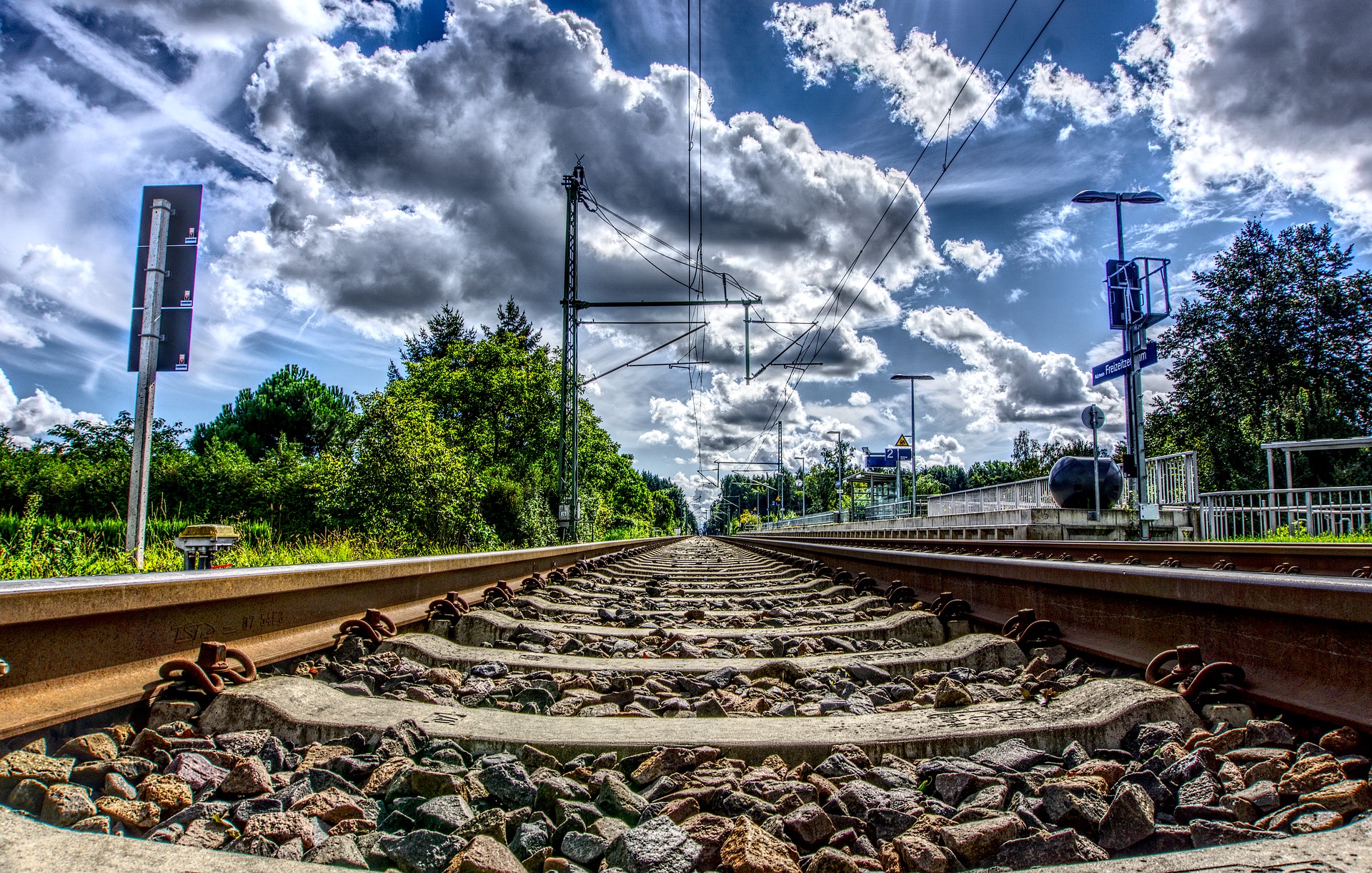Vacuum Dewatering Flooring
Vacuum Dewatering Flooring discuss in this post. This is a process of removing excess water…
Concrete Sleepers
Concrete Sleepers introduces in the modern construction of railway tracks. Mainly sleepers are of concrete, timbers,…
Metal Sleepers Advantages and Disadvantages
The Metal Sleepers Advantages and Disadvantages are discussed in this post. Railway Track Sleepers are members which…
Types of Metal Sleepers
There are many Types of Metal Sleepers using in the construction of railway rail tracks. As it…
Metal Sleepers
Metal sleepers use widely in the modern construction of railway tracks. The Metal sleepers are of…






